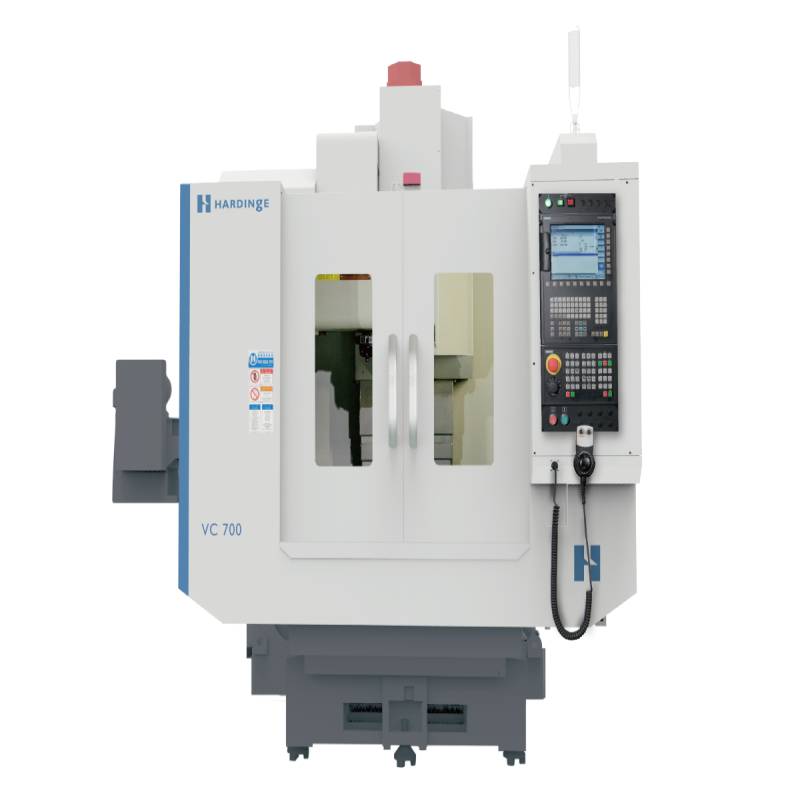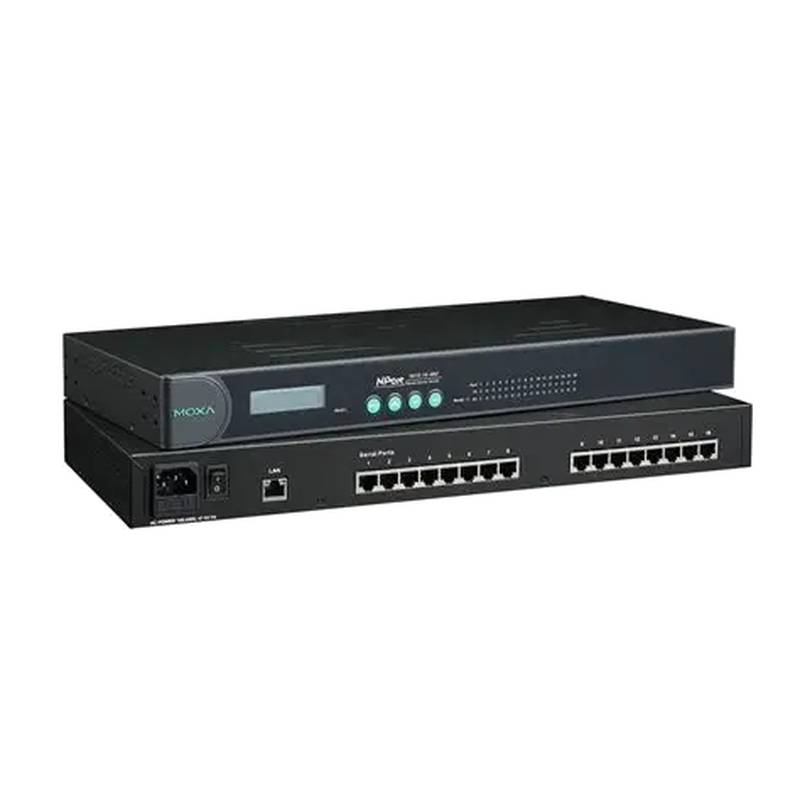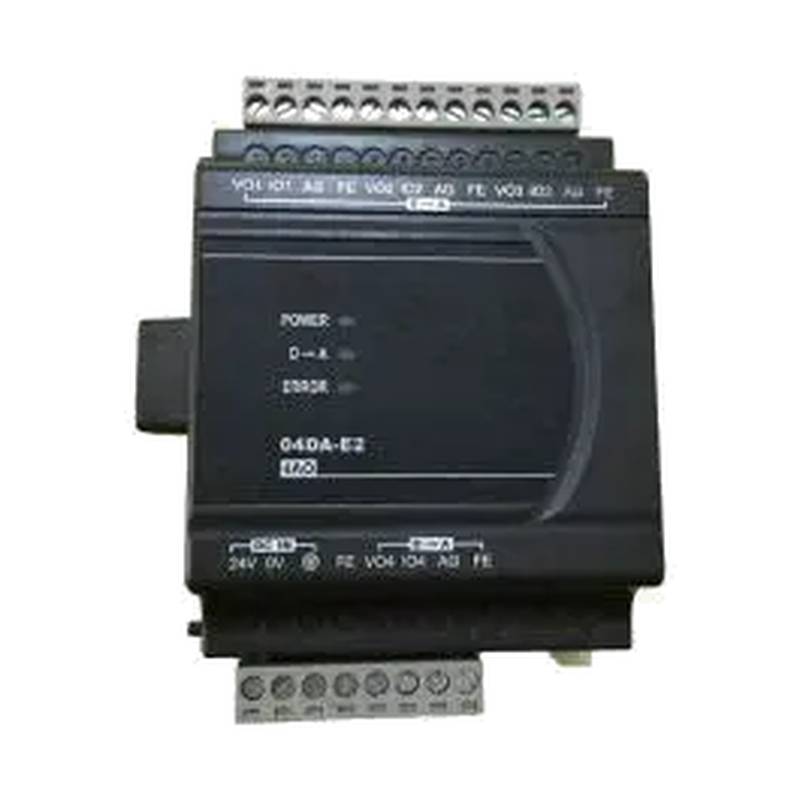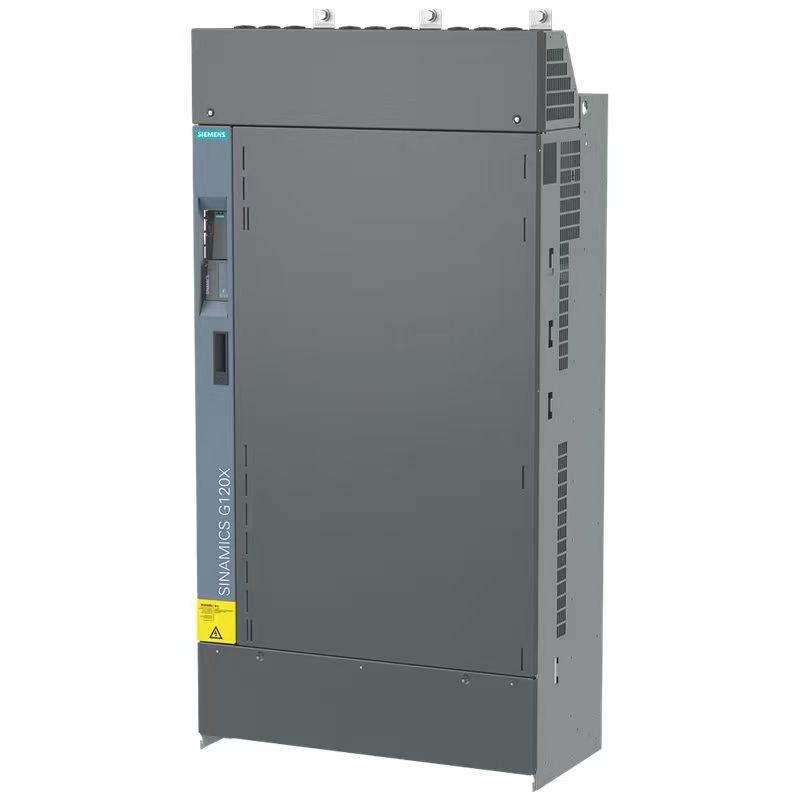
The HARDINGE VC1300 Large-Travel Vertical CNC Milling and Machining Center stands as a robust solution for demanding manufacturing environments, offering exceptional precision and efficiency. Engineered for large-format parts, this machine excels in industries requiring significant material removal and tight tolerances. Its core strengths lie in its substantial travel capabilities, advanced control system, and durable construction, making it a cornerstone for high-volume production and complex machining operations.
Product Specifications
| Specification | Value |
| :----------------------- | :---------------------------------------- |
| Table Travel (X-axis) | 1300 mm (51.2 in) |
| Saddle Travel (Y-axis) | 700 mm (27.6 in) |
| Spindle Head Travel (Z-axis) | 650 mm (25.6 in) |
| Spindle Speed | Up to 10,000 RPM |
| Spindle Motor | 22 kW (30 HP) |
| Table Load Capacity | 1500 kg (3307 lbs) |
| Tool Changer Capacity | 24 tools (optional 30, 40, 60) |
| Machine Weight | 9000 kg (19841 lbs) |
| Overall Dimensions | Varies based on configuration |
| Control System | FANUC 0i-MF Plus (standard) |
Core Features & Market Positioning
The HARDINGE VC1300 differentiates itself through its impressive X, Y, and Z-axis travel, enabling the machining of exceptionally large and complex components often found in aerospace, defense, and heavy machinery sectors. The machine's rigid, one-piece casting base and column construction provide superior vibration dampening, crucial for achieving high surface finishes and maintaining dimensional accuracy during heavy cuts. Its high-torque, high-speed spindle is designed for optimal performance across a wide range of materials, from soft aluminum to hard steels, positioning it as a versatile workhorse capable of tackling diverse production demands. The integration of a user-friendly FANUC control system further enhances its market appeal, offering familiar programming interfaces and advanced diagnostic capabilities that minimize downtime.
Key Application Scenarios
Manufacturers leverage the HARDINGE VC1300 for a variety of high-value applications. Its extensive X-axis travel makes it ideal for producing large structural components, such as those required for wind turbines, aircraft fuselage sections, and large mold bases. The Y and Z-axis capabilities allow for intricate 3D profiling and the machining of deep pockets in medium to large parts, common in the energy sector and for the production of heavy equipment parts. Industries requiring high precision on substantial workpieces, including automotive (engine blocks, chassis components) and general large-part manufacturing, find the VC1300 to be an indispensable asset for its ability to reduce setups and improve throughput.
Practical System Integration Guidance
Integrating the HARDINGE VC1300 into an existing production environment typically involves careful consideration of floor space, power supply, and chip/coolant management. Proper foundation preparation is critical due to the machine's substantial weight, ensuring a stable and level installation to maintain accuracy. Electrical connections require a dedicated high-amperage supply, and coolant filtration systems should be robust enough to handle the large volumes of fluid generated during extended operations. For programming, familiarity with the FANUC 0i-MF Plus control is beneficial, with standard G-code programming supported, alongside options for conversational programming and advanced CAM integration for complex toolpaths.
Operation and Risk Mitigation
Safe operation of the HARDINGE VC1300 hinges on strict adherence to safety protocols, including the use of appropriate personal protective equipment (PPE) and ensuring all guarding is in place and functional. Common operational issues can arise from incorrect tool selection or unbalanced tooling, leading to vibration and reduced tool life; proper tool management and balancing are essential. Overloading the machine's axes or exceeding table weight limits can cause mechanical stress and lead to fault codes related to servo overload or axis limits. Regular maintenance, including lubrication and inspection of moving parts, is vital for preventing unexpected downtime and ensuring consistent performance.
Scalability & Long-Term Value
The HARDINGE VC1300 offers significant long-term value through its robust design and upgrade potential. While the standard FANUC 0i-MF Plus control provides a powerful platform, Hardinge often offers options for more advanced controllers or retrofits for future technological integration. The machine's modular design can accommodate extended Z-axis options or larger tool magazines, allowing manufacturers to adapt to evolving production needs without replacing the entire machine. Furthermore, its compatibility with standard shop floor communication protocols and potential for integration with IIoT platforms enables businesses to leverage data analytics for predictive maintenance and process optimization, ensuring continued competitiveness in the digital manufacturing landscape.
FAQs
What are the primary industries that utilize the HARDINGE VC1300?
Aerospace and defense sectors frequently employ this machine for large, critical components. Its significant travel is ideal for parts requiring extensive machining.
This machining center is also highly valued in heavy machinery manufacturing due to its robust build and capacity. Applications include large engine blocks and structural elements.
The mold and die industry benefits from its precision and large work envelope for creating substantial tooling and fixtures.
What is the maximum workpiece size that can be machined on the HARDINGE VC1300?
The machine's X, Y, and Z-axis travels dictate the maximum workable dimensions. Specific overhang and fixture limitations apply.
With X-axis travel of 1300mm, it accommodates very long workpieces. The Y and Z-axis further define the machining envelope for depth and height.
It is crucial to consult the detailed machine configuration and consider tool access for precise maximum part size determination.
Can the HARDINGE VC1300 perform 5-axis machining operations?
The standard configuration is a 3-axis vertical machining center. Additional axes require specific options or a different machine model.
Some advanced configurations might support rotary tables for 4th or 5th-axis work. These are typically specialized additions.
For true simultaneous 5-axis machining, a different HARDINGE model or a specialized retrofit would generally be necessary.
What type of spindle does the HARDINGE VC1300 feature?
It is equipped with a high-performance spindle motor designed for robust material removal. The spindle speed goes up to 10,000 RPM.
This spindle delivers significant torque and horsepower, suitable for both roughing and finishing operations across various materials. It is built for durability.
The spindle system is engineered to minimize vibration, ensuring excellent surface finish and extended tool life for demanding applications.
What is the typical lead time for a HARDINGE VC1300?
Lead times can vary significantly based on customization and current production schedules. It is best to inquire directly with HARDINGE.
Factory production slots and specific option selections directly impact delivery timelines. These factors necessitate direct consultation.
Factors like global supply chain status also influence how quickly the machine can be manufactured and delivered.
What kind of training is available for operating the HARDINGE VC1300?
Hardinge typically offers comprehensive operator training programs. These cover machine setup, operation, and basic maintenance.
On-site training can often be arranged to familiarize your team with the specific machine installed in your facility. This ensures a smooth transition.
Online resources and documentation also supplement training, providing ongoing support for troubleshooting and advanced operations.
How does the HARDINGE VC1300 handle chip evacuation?
Effective chip evacuation is managed through built-in systems designed to clear swarf from the work area. This is crucial for preventing damage.
Standard features often include coolant flushing and a robust chip conveyor system to continuously remove chips from the machine bed. Proper maintenance ensures efficiency.
Optimizing coolant flow and ensuring the conveyor is clear are essential operational practices for maintaining uninterrupted machining cycles.
What are the power requirements for the HARDINGE VC1300?
The machine requires a significant electrical supply to power its spindle motor and servo drives. Exact voltage and amperage depend on configuration.
A dedicated high-amperage circuit is typically necessary, along with appropriate phase requirements for stable operation. Consult the installation manual.
It is vital to ensure your facility's electrical infrastructure can support the machine's peak power demands to prevent operational issues.
What maintenance is recommended for the HARDINGE VC1300?
Routine maintenance includes regular lubrication of all moving parts and inspection of cutting tools. Daily checks are also advised.
Scheduled preventive maintenance tasks, such as filter changes and calibration checks, are crucial for longevity and performance. Follow the manufacturer's schedule.
Monitoring machine performance and addressing any anomalies promptly can prevent minor issues from escalating into major repairs.
Can the HARDINGE VC1300 be integrated with automated loading systems?
Yes, the machine is designed to accommodate integration with robotic loading and automated material handling systems. This enhances efficiency.
Its standardized interface points facilitate connection with pallet changers or robotic cells for lights-out manufacturing. Ensure compatibility checks.
Automated integration allows for increased throughput and reduced operator intervention, making it suitable for high-volume production environments.
























